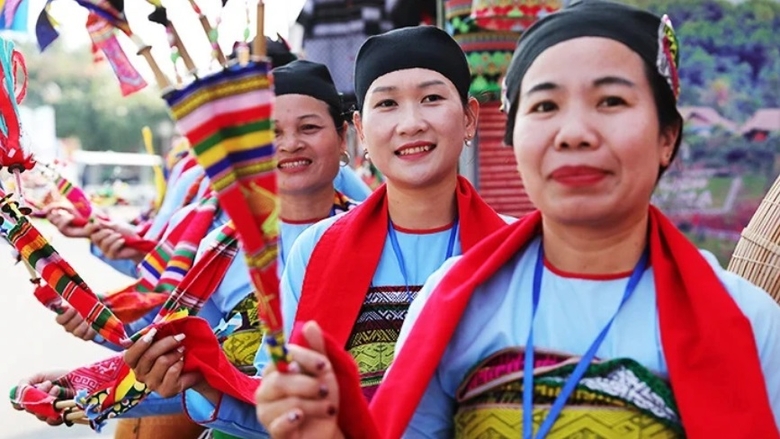
When studying the cultures of ethnic groups in many regions of the country, we deeply realize that the cultural diversity of ethnic cultures creates a colorful picture of national culture. It is necessary to clearly recognize this in order to respect and protect cultural diversity in policy making and policy implementation in ethnic minority areas, contributing to the sustainable development of culture, and highlighting the general cultural picture of the nation and people of Vietnam.
Cultural diversity can contribute to the sustainable development of the country. Sustainable regional economic development needs to be based on environmental protection and exploiting the strengths of cultural diversity.
The 13th Party Congress oriented: Linking cultural development with tourism development, making tourism a spearhead economic sector, while protecting and preserving cultural resources for future generations.
Speaking at the National Cultural Conference on November 24, 2021, General Secretary Nguyen Phu Trong gave more specific instructions: "Pay more attention to preserving, embellishing and promoting national cultural values, tangible and intangible cultural values of regions, areas, and ethnic minorities, combined with absorbing the cultural quintessence of the times". These are the guiding directions for protecting cultural diversity today.
The trend of globalization can negatively affect cultural creativity and diversity, causing cultural homogenization. Globalization puts national cultures at risk of losing cultural differences between regions, simplifying the colors and lines of the "cultural picture" of each country as well as of all humanity. National cultures will be pale, poor, lacking identity and unable to develop sustainably.
In Vietnam, for a long time, the viewpoint of “selective preservation” has invisibly created many barriers in the preservation of cultural heritage. Only a number of heritages and cultural practices that are considered good are selected for preservation, while those considered “backward” and “cumbersome” are encouraged to be eliminated. The viewpoint of “cultural evolution” also creates discriminatory, erroneous and negative inferences that ethnic minorities are often backward and less civilized than the majority. With the viewpoint that all ethnic groups are equal and respect each other, in culture there cannot be a division between “high and low” but it is necessary to respect “differences”. When there are no longer festivals, rituals, traditional customs, unique and distinctive indigenous knowledge... that is when the culture of that region or ethnic group loses its appeal.
Cultural diversity can contribute to the sustainable development of the country. Sustainable regional economic development needs to be based on environmental protection and exploiting the strengths of cultural diversity. It is possible to effectively and sustainably develop agricultural, forestry and tourism regions based on the characteristics of natural, cultural and ethnic regions to gain multi-faceted benefits: increasing local revenue, developing the economy, social security, education, health care... while protecting cultural diversity, preserving the environment and not wasting resources.
However, it should be noted that there is no common development model for all ethnic minority communities. State investment in ethnic minority areas such as livelihood development projects, health care, education, and culture development needs to pay attention to the ecological characteristics of each region and the cultural characteristics of each ethnic group. Development projects need to be based on the results of scientific investigation and research on the suitability of the subjects that will be affected, respect diversity, listen to the voices of the people involved, and promote the initiative and promote the internal strength of the communities.
Source



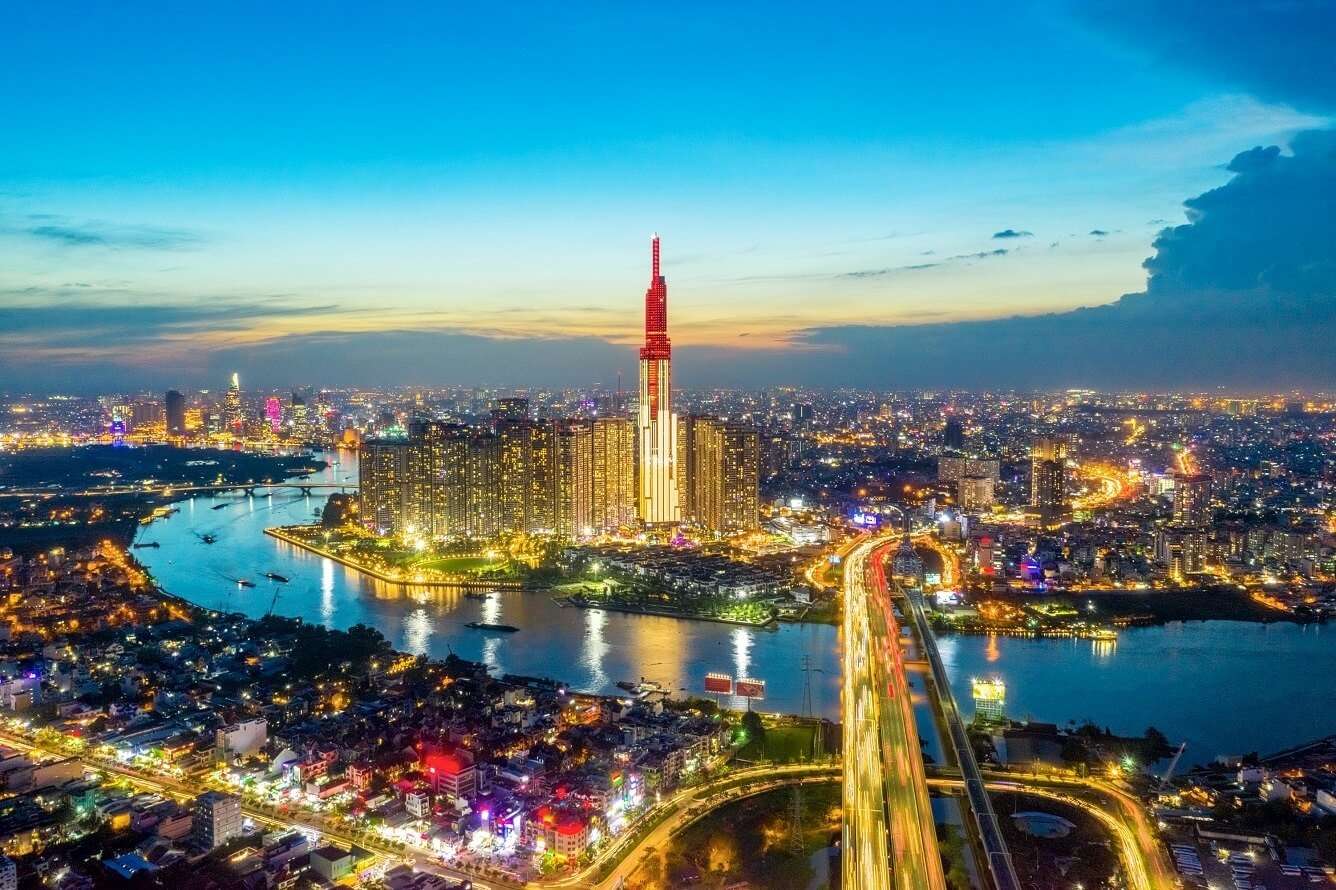




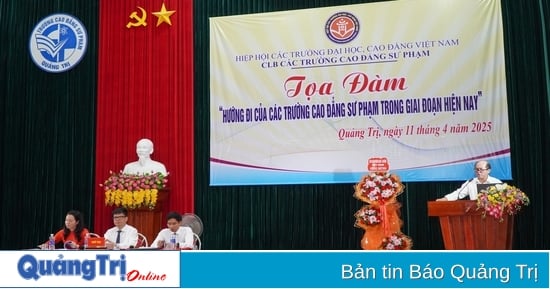



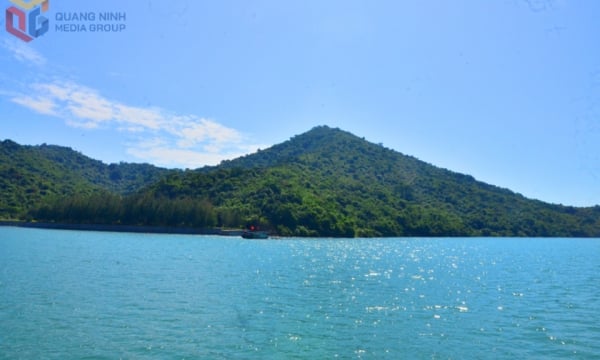




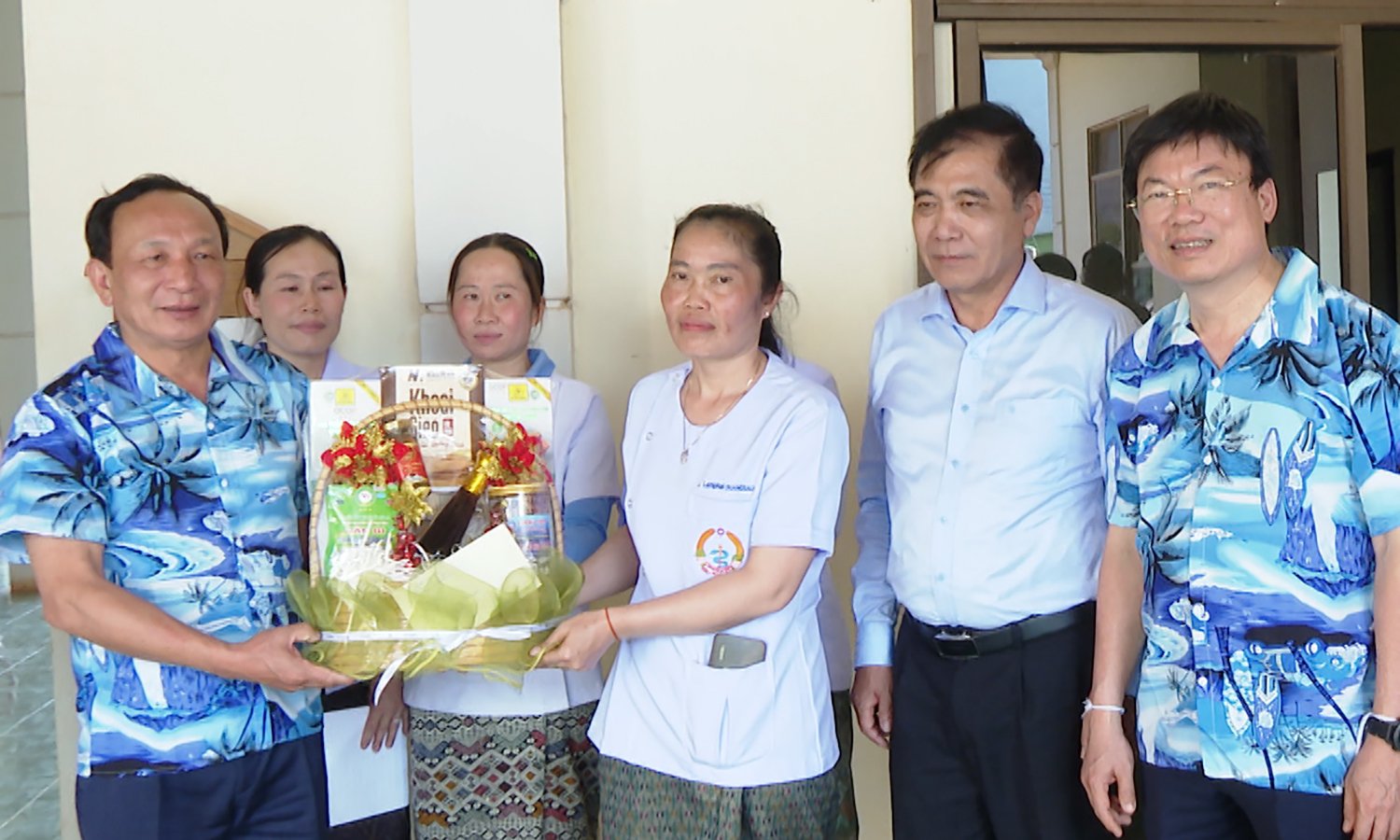
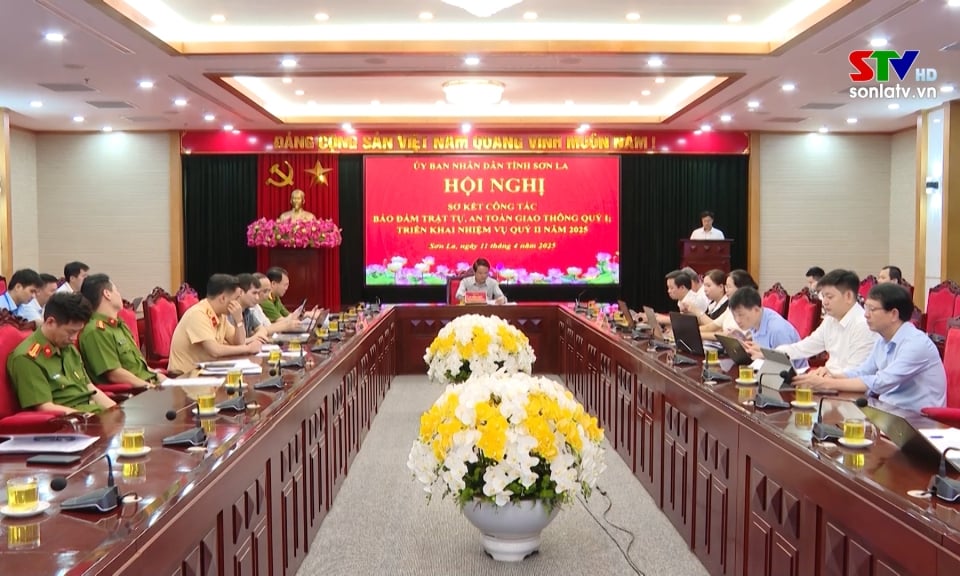
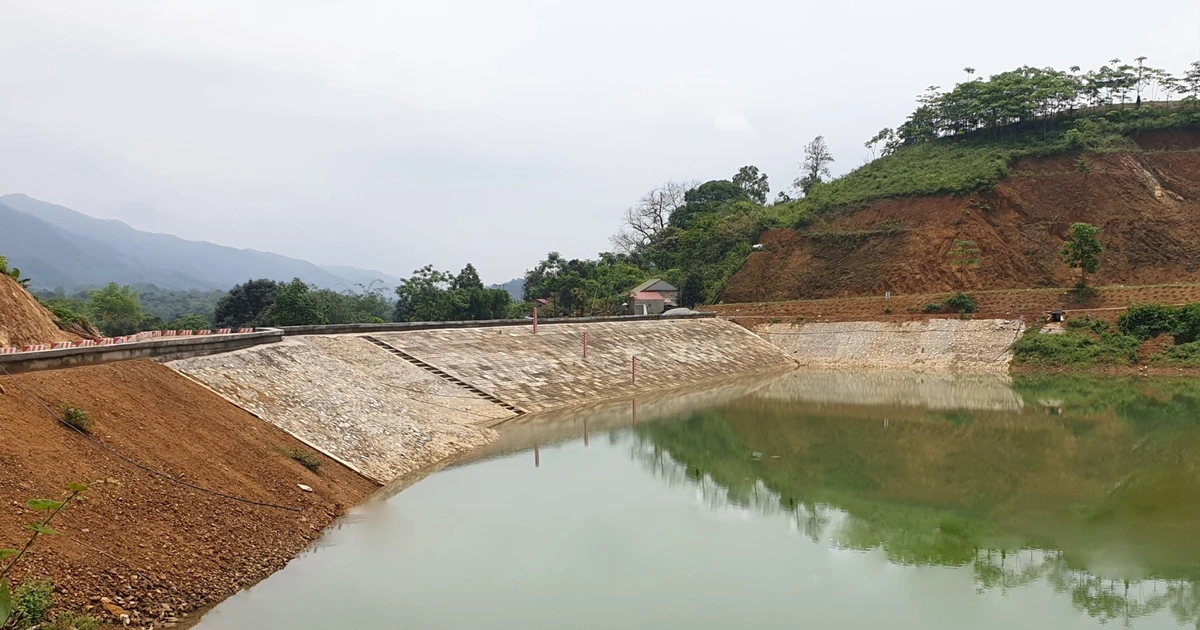

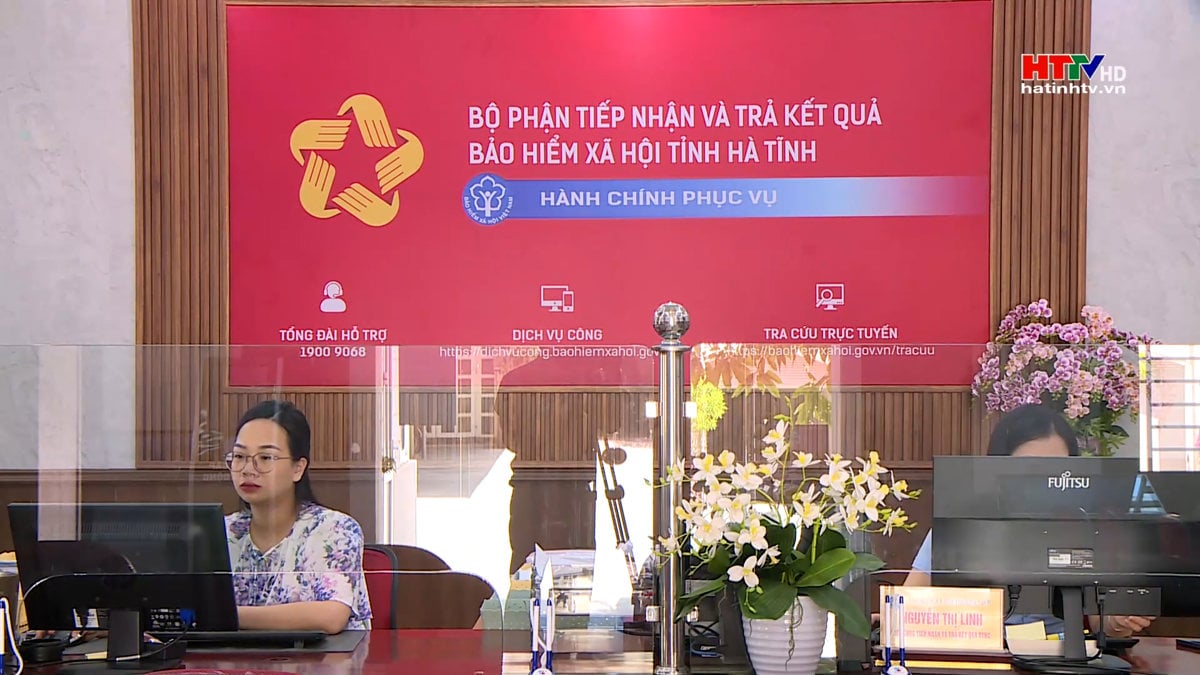







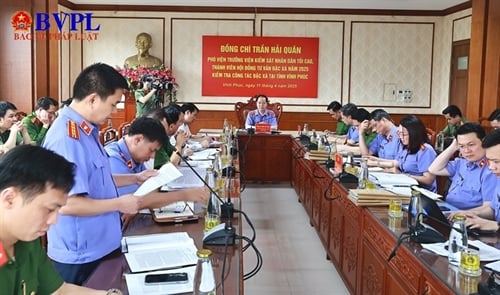



![[Photo] "Beauties" participate in the parade rehearsal at Bien Hoa airport](https://vstatic.vietnam.vn/vietnam/resource/IMAGE/2025/4/11/155502af3384431e918de0e2e585d13a)





























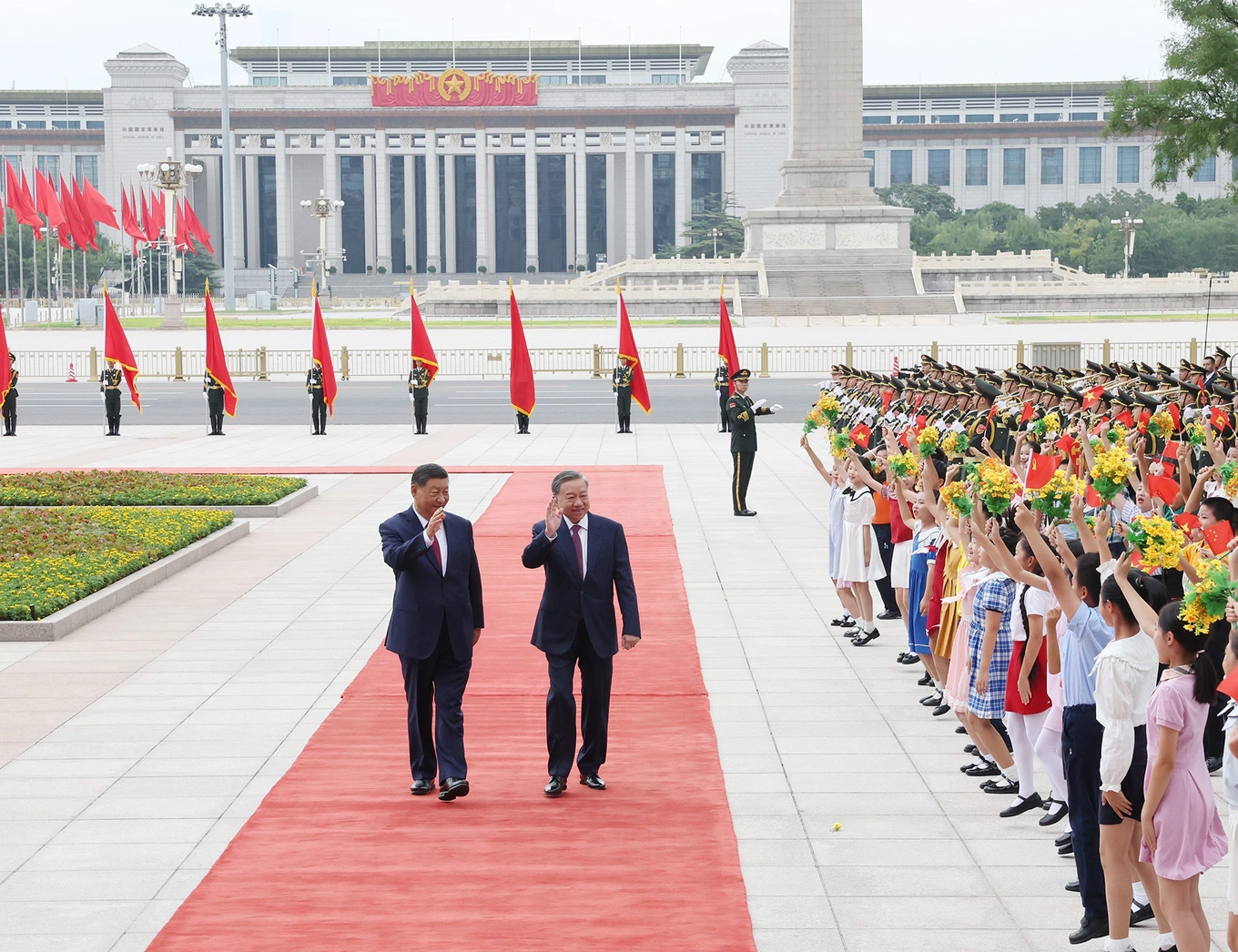




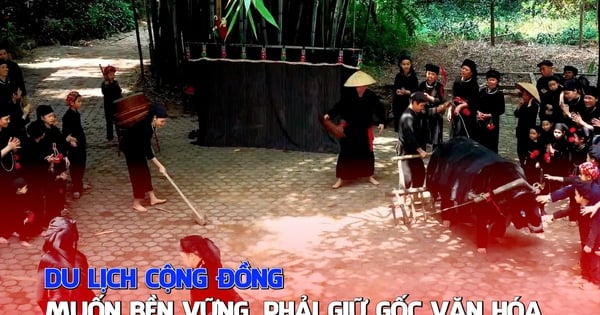


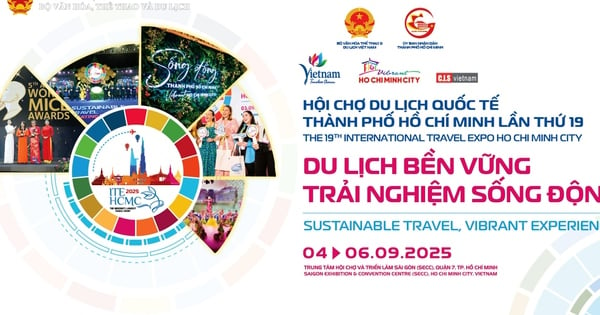
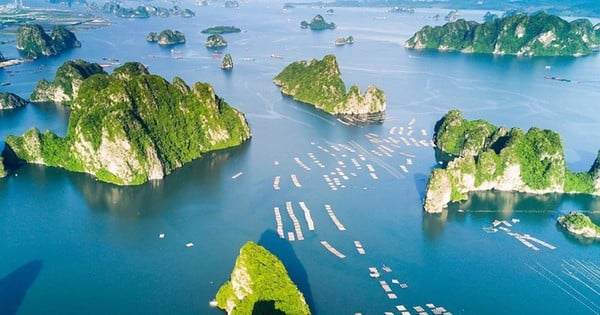



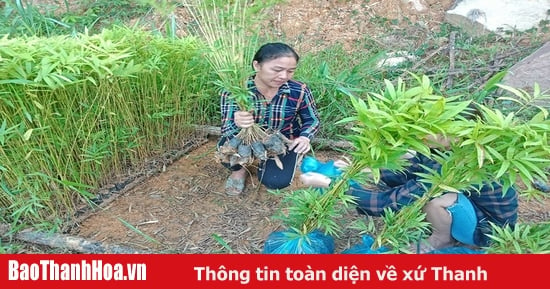

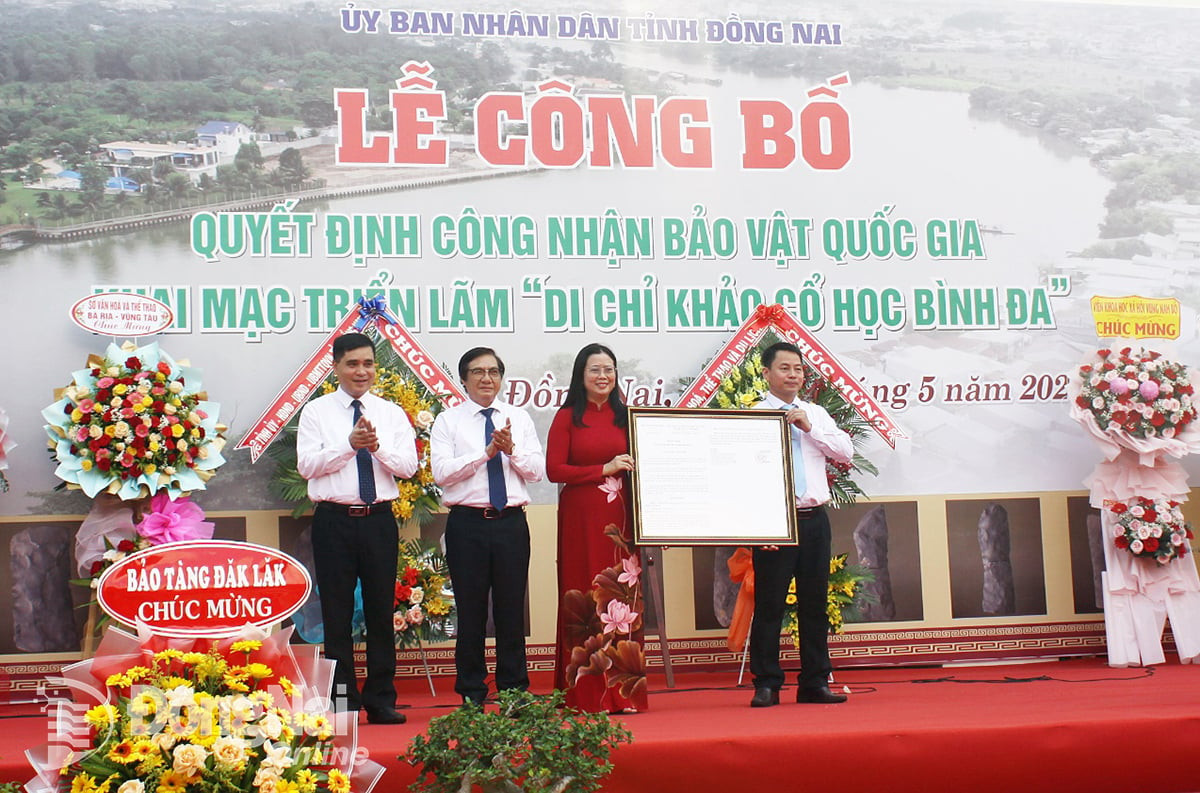















Comment (0)